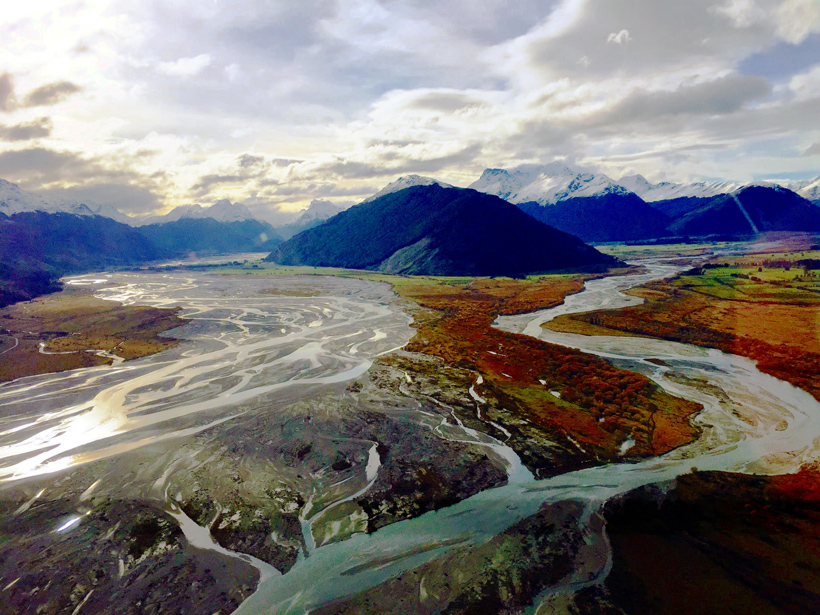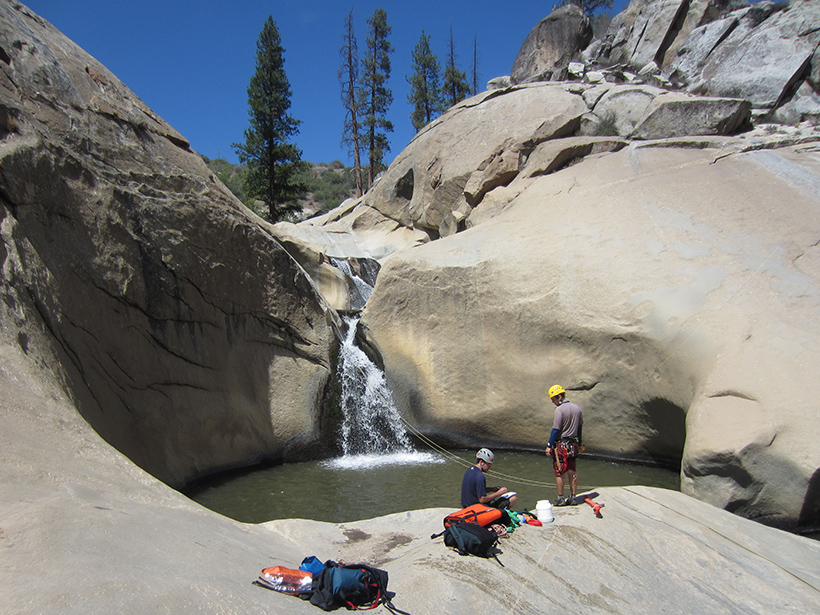Simulations show how changes in electron density can trap electromagnetic waves and heat electrons in the ionosphere.
Modeling
How Accurate Are Ionospheric Models?
A new study puts the latest version of a venerable model of Earth's ionosphere to the test, with some unexpected results.
The Fate of Hydrocarbons Seeping from the Ocean Floor
Researchers investigate the properties of bubbles at deep-ocean oil seeps to improve oil spill models.
AOMIP and FAMOS for Enhancing Understanding of Arctic Changes
This community-based approach to modeling provides a unique forum for coordination, investigation, and synthesis.
A River Runs Through It, but Why?
Researchers investigate the factors that cause river terraces to form.
The Mathematics of Braided Rivers
River researchers find a mathematical relationship that predicts the average shape of a riverbed over a defined distance, opening the door to new ideas about modeling braided rivers.
One for All, All for One: A Global River Research Network
Intermittent rivers are an increasing share of the world's river network, but current models don't include them. One research network is gathering knowledge about these rivers from around the world.
Plunging into Waterfall Sediment Transport Modeling
A first-of-its-kind model describes how pools at the base of waterfalls adjust their depth to keep up with sediment flow.
Chemical Boosts Ozone Production over Southern China
The presence of nitryl chloride in polluted urban air can enhance the production of ozone by up to 41%, according to a new modeling study constrained by ground-based measurements.
Was the Recent Slowdown in Surface Warming Predictable?
The temporary deceleration in warming across the Northern Hemisphere earlier this century could not have been foreseen by statistical forecasting methods, a new study concludes.








